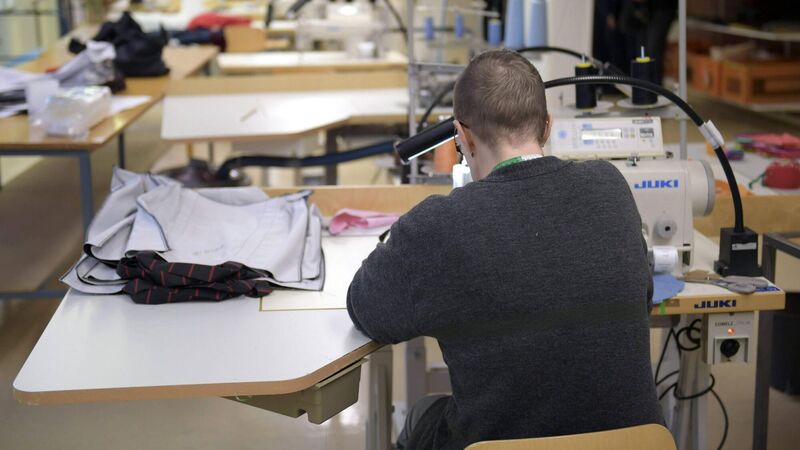Sarah Harte: We need political courage and social confidence to change our penal philosophy

A female prisoner works in a Finnish prison; the prison system in Finland is much more open than in Ireland. Picture: Antti Aimo-Koivisto/AFP
Upon visiting American prisons, philosopher Alexis De Tocqueville and prison reformer Gustave de Baumont wrote in 1832, “guard against extremes and do not let the zeal with which you advocate certain means obscure the object sought to be obtained by them.”
Mick Clifford wrote in this paper last Saturday that most “ don’t care about what goes on in Irish prisons”, and that this “apathy is reflected in official circles”. He writes that the “body politic knows that there are no votes in prisons”.
Already a subscriber? Sign in
You have reached your article limit.
Subscribe to access all of the Irish Examiner.
Annual €130 €80
Best value
Monthly €12€6 / month
Introductory offers for new customers. Annual billed once for first year. Renews at €130. Monthly initial discount (first 3 months) billed monthly, then €12 a month. Ts&Cs apply.
CONNECT WITH US TODAY
Be the first to know the latest news and updates
















